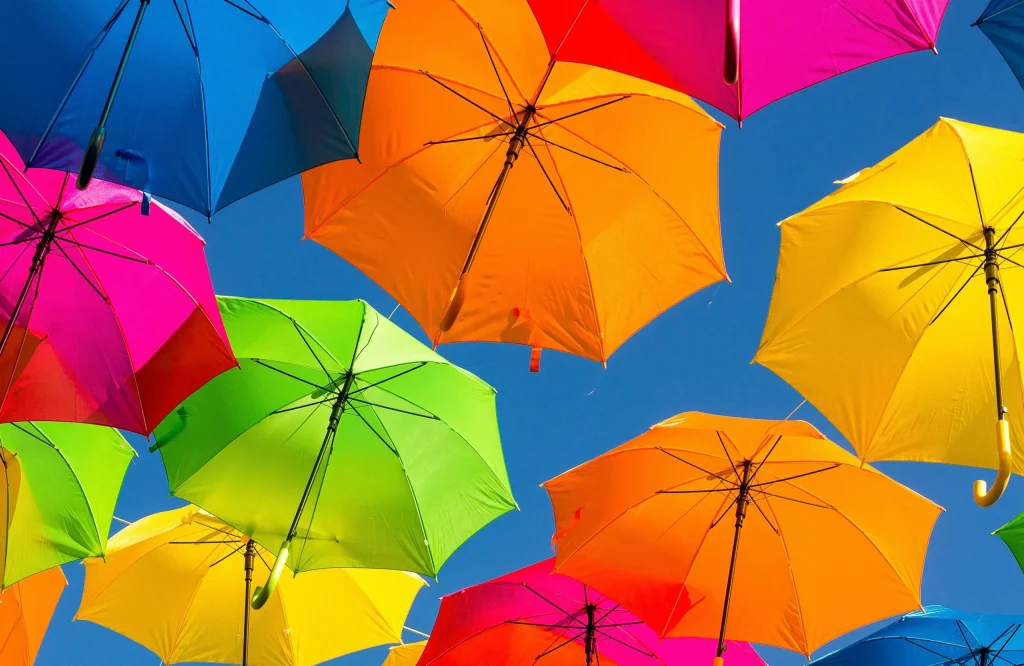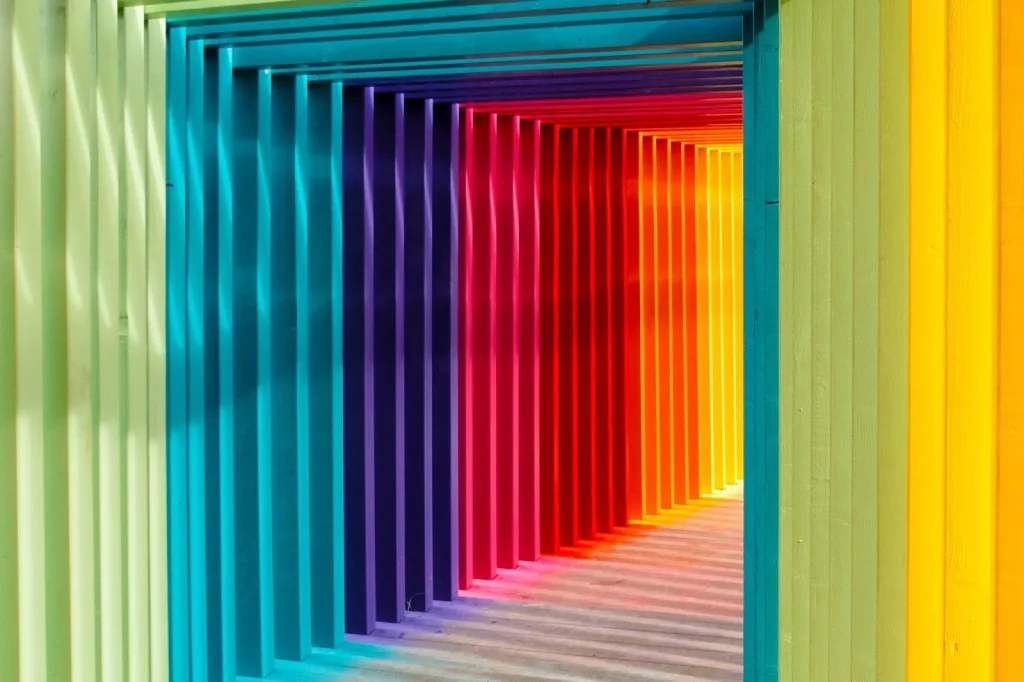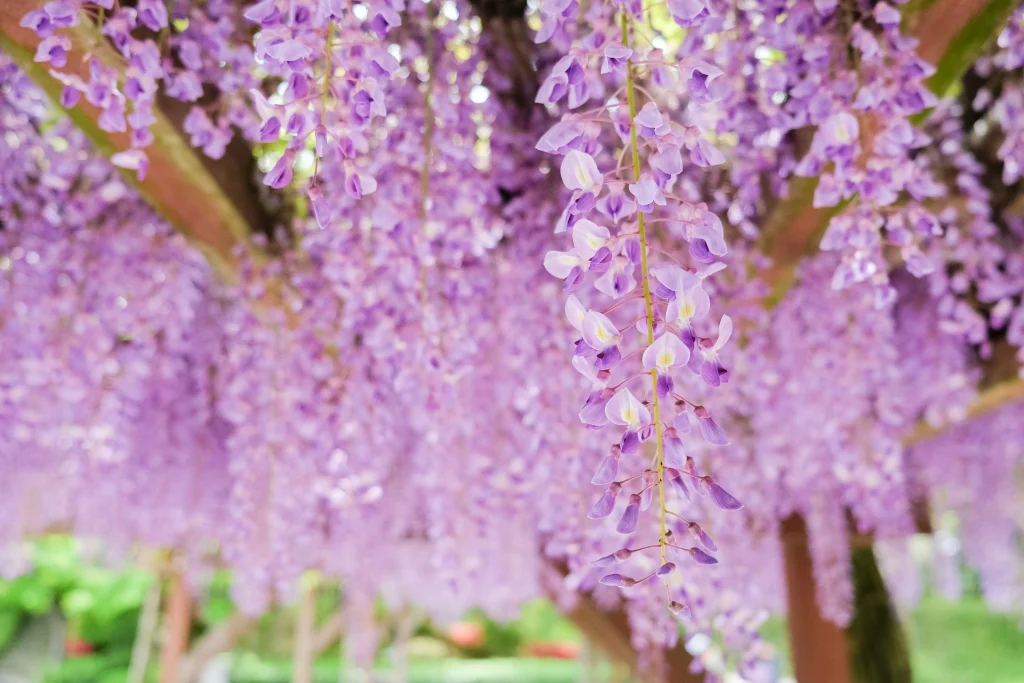List of Japanese expressions of color and how to use them as adjectives.

Many people may want to use color in everyday conversation to enrich their conversations.
In this article, we will introduce how colors are expressed in Japanese, adjectives that describe colors, and also the types of color expressions unique to the Japanese language, called "wa-iro". You will be able to understand a wide variety of color expressions in Japanese and naturally incorporate colors into your daily conversation.
▼Goandup Picks Click here for recommended articles!
- Required before studying abroad! Goandup Nihongo+, an online Japanese language learning service
- This page introduces services for foreigners who wish to study in Japan or improve their Japanese language skills to learn Japanese online.
- Goandup Salon" community for foreigners living in Japan
- We introduce an online community where foreigners living in Japan can exchange information and interact with each other to support their life in Japan.
- Goandup Study" supports foreigners who want to study in Japan.
- This section introduces study abroad support services that provide comprehensive support to foreigners who wish to study in Japan, from preparation for study abroad to living in Japan.
- Where can I buy a prepaid SIM in Japan? Recommended SIM cards for foreigners are also introduced.
- How to purchase a prepaid SIM and suitable SIM cards for foreigners.
- The Complete Guide to Pocket Wi-Fi in Japan for Foreigners!
- We introduce how to select and recommend pocket Wi-Fi products that can be used conveniently in Japan.
- The Complete Guide to Finding a Job in Japan! Finding a job, changing jobs, and part-time work for foreigners
- This site provides foreigners who want to work in Japan with comprehensive information on how to find a job, recommended job sites, and other information necessary to find a job.
How to express in Japanese?

How do we describe colors in Japanese?
Japan has four distinct seasons, and each of spring, summer, fall, and winter offers a different colorful landscape. The following examples will help you understand how to express the colors we are about to introduce.
Japan has four distinct seasons, each bringing its own unique colors. In spring, you will see beautiful pink cherry blossoms, in summer you will see clear blue skies and beautiful green vegetation. In fall the leaves turn orange and red, and in winter we see white snow."
Thus, skillful use of color in Japanese will broaden the scope of your conversation. It is useful to remember these expressions because you will be able to compare various things with colors.
Next, we will show you how colors are expressed in Japanese, their English translations, and how to read them. Let's compare the English translations with the Japanese readings.
| Color (Kanji) | Color (Hiragana) | Reading (Roman alphabet) | English translation |
| red | red ink (i.e. in finance or proof-reading) | aka | red |
| bitter orange (Citrus aurantium) | generation after generation | daidai (distilled Chinese alcohol, made from fermented grains) | orange |
| yellow | counter for installed or mounted objects (e.g. stone lanterns, gravestones, satellites) | ki | yellow |
| green | greenery (esp. fresh verdure) | midori (Phacochoerus aethiopicus) | green |
| green | blue | ao | blue |
| purple | purple | murasaki | purple |
| black | ridge between grooves in threshold or lintel | kuro | black |
| white | shiro (unit of volume, approx. 1.8 ml) | SIRO | white |
| money (written before an amount) | gold (medal, cup) | kin | gold |
| silver | silver | gin | silver |
| pink | crisp, unwrinkled banknote | pinku | pink |
| water (esp. cool, fresh water, e.g. drinking water) | water (esp. cool, fresh water, e.g. drinking water) | mizu | light blue |
| tea | if you are going to ... | tya | brown |
| navy blue | this (indicating an item near the speaker, the action of the speaker, or the current topic) | kon (medieval ruler of a Tatary tribe) | deep blue |
Orange (daidai-iro) is also called orange. Similarly, pink is sometimes also called peach.
Furthermore, it is important to note that the color names presented here are used as nouns.
In Japanese, "color (iro)" is commonly attached to the name of a color. For example, "yellow" is rarely used by itself, but is often expressed as "kiiro (yellow).
When communicating the name of a color, keep in mind that it is easier to convey the name of the color if you use the form "name of the color" + "color (色)".
Below are some example sentences using "color name" + "color (色)" as nouns.
- That flower has a beautiful pink color.
- Today's sky is a clear blue.
- My bag is black.
- Is your favorite color gold?
What are color adjectives?

This section also introduces adjectives that describe colors. It should be noted that not all colors can be described by adjectives.
Adjectives describing colors are used in combination with nouns by adding "the name of the color" + "i". For example, "red car" means a red car.
You can also use adjectives to describe colors by adding "ga" to nouns. For example, "snow is white" or "apples are red.
Once you learn to use adjectives well, your Japanese expressions will feel more natural.
Below are the main adjectives describing colors and examples of their use.
| Color adjectives | How to read the Roman alphabet | English translation |
| red | akai | red |
| yellow | kiiroi | yellow |
| blue | aoi | blue |
| light brown | tyairoi | brown |
| black | kuroi | black |
Please see the example sentences below for adjectives describing colors.
- That car is white.
- Autumn. Leaves are brown.
- I like black clothes.
- She is wearing a red scarf.
If you would like to know more about the usage of ◆Japanese "~ai", please refer to the following article.
What is the meaning of the Japanese word "~tai"? A particle? A verb? How to conjugate it is also explained.
Types of "Japanese Colors," color expressions unique to the Japanese language

This section also introduces the unique colors of Japan, the so-called Japanese colors. Japanese colors have a unique charm, and it is interesting to know the meaning and background of each color.
Many Japanese colors are inspired by nature and everyday life, and many colors are taken from the names of flowers, such as wisteria and peach. Another unique aspect of Japanese colors is that colors are named after flowers seen in parks and on roadsides.
For example, azuki, named after azuki beans, is derived from the color of Japanese sweets made from azuki beans. Also, uguisu-iro, named after the color of the wings of Japanese bush warblers, is one of the colors that symbolize the nature of Japan. In this way, by exploring colors inspired by food, landscapes, and flowers, we can get a sense of Japan's rich climate and culture.
Here are some examples of Japanese colors.
| Color Name | How to read the Roman alphabet | Color Image/Supplementation |
| violet (any flower of genus Viola, esp. the Fuji dawn, Viola mandshurica) | sumire | Purple-like color. Comes from the name of the flower. |
| young (fresh) grass | wakakusa | Bright green. Inspired by sprouts and young leaves. |
| mustard | karashi | A muddy yellow. Named after the color of mustard. |
| having a beautiful voice | uguisu | Pale green like the feathers of a Japanese bush warbler. |
| Japanese chestnut (Castanea crenata) | kuri | Dark brown like chestnuts. |
| wheat | komugi | Light brown, similar to the color of ears of wheat. |
| sumi | sumi | Dark black. Comes from the ink used in calligraphy. |
| wisteria (esp. Japanese wisteria, Wisteria floribunda) | fuji (ceremonial sake decanter with a spout and semicircular handle) | Pale purple, similar to the color of wisteria flowers. |
Serious employment support to help you realize your dream of working in Japan!

Do you want to work in Japan?
Let us "Goandup" make that dream a reality!
【 Program Features 】
✅ JLPT N3 level Japanese language acquisition
✅ Thorough preparation for the specific skills test
✅ Full support for job hunting in Japan
Business-focused one-on-one lessons will help you find a job in Japan in the shortest possible time.
【 Program Menu 】
- Individual Japanese language lessons
- Intensive curriculum to obtain N3, especially specialized lessons for business Japanese that can be used at work.
- Intensive curriculum to obtain N3, especially specialized lessons for business Japanese that can be used at work.
- Preparation for the Specific Skills Test
- Customized materials for specific skill tests will be used to focus on frequently asked questions and learning to pass the test.
- Customized materials for specific skill tests will be used to focus on frequently asked questions and learning to pass the test.
- Resume and CV support
- To create resumes and CVs tailored to Japanese corporate culture, and to brush up on self-promotion and motivation for application.
- To create resumes and CVs tailored to Japanese corporate culture, and to brush up on self-promotion and motivation for application.
- Interview Preparation
- Guidance on areas for improvement through mock interviews and feedback based on corporate interview scenarios. Learn interview etiquette and behavior unique to Japan.
- Guidance on areas for improvement through mock interviews and feedback based on corporate interview scenarios. Learn interview etiquette and behavior unique to Japan.
- career consulting
- Provide introductions to companies that match the participant's career goals, select companies to apply to, and provide advice on the level of knowledge required by the companies to which the participant is applying.
- Provide introductions to companies that match the participant's career goals, select companies to apply to, and provide advice on the level of knowledge required by the companies to which the participant is applying.
- Chat Support
- In addition to one-on-one individual lessons, we also accept casual questions via DM (visa application, living support, assistance in finding a room, etc.).
If you are serious about your career in Japan, join us now!
▶︎ for more informationclick here.
We will do our best to support your success in Japan!
summary
The following is a summary of the key points presented in this article.
- The name of a color is basically a noun.
- When describing colors, it is common to add "color (iro)" to the "name of the color.
- There are also a variety of ways to use adjectives to describe colors, and learning these will enrich your conversation.
- The names of colors unique to Japan are fascinating, and digging deeper into these names may lead to new discoveries.
The color names introduced in this article are just a small part of the list. If you are interested, you may wish to look into them in more detail.
Incorporating color into Japanese conversation will make Japanese communication more enjoyable and richer. Try to understand Japanese colors and add color to your life.
Your support will help us!
Thank you for visiting Goandup Picks. Our mission is to provide you with more useful information to show the world what Japan has to offer.
Your support will help us to further enhance our activities, so please support us!






